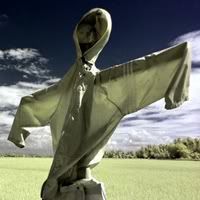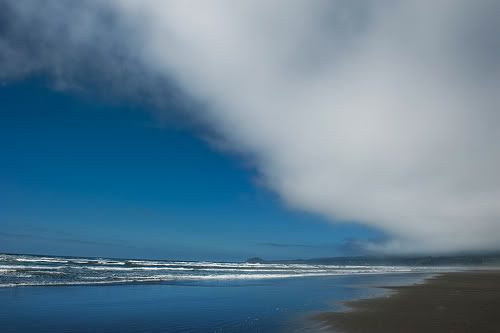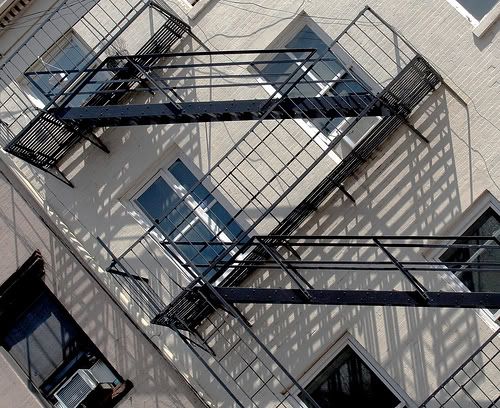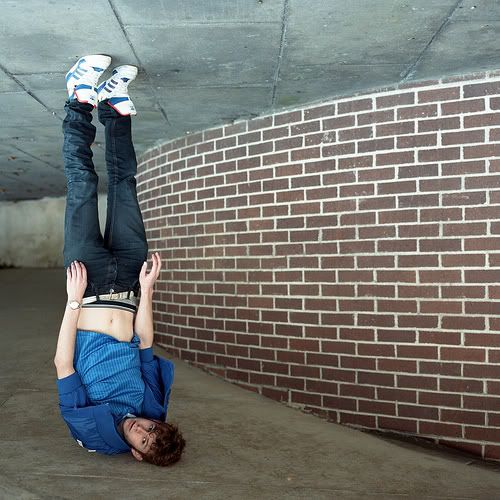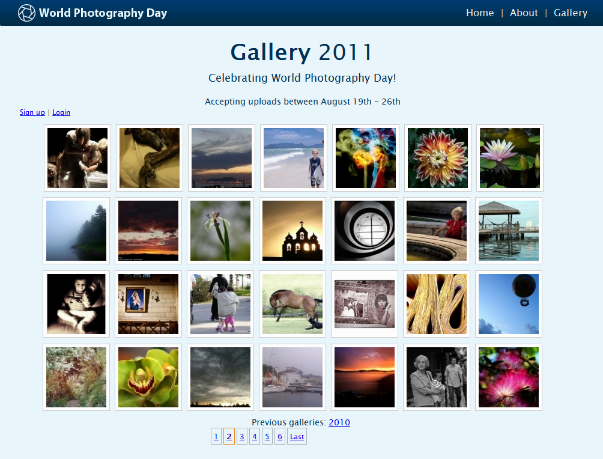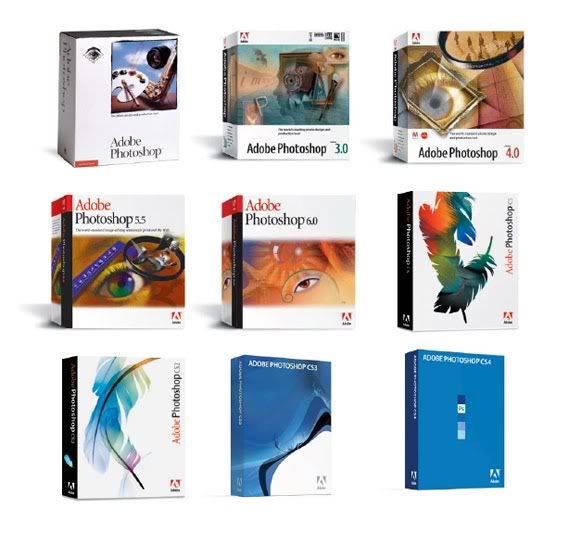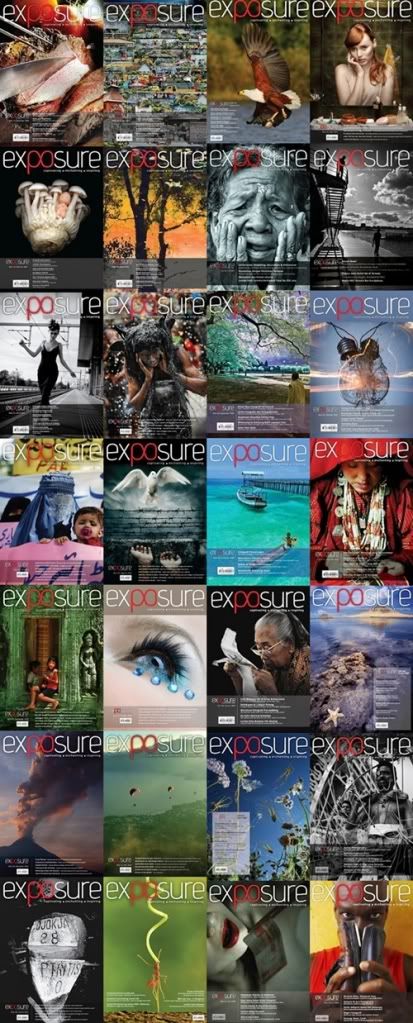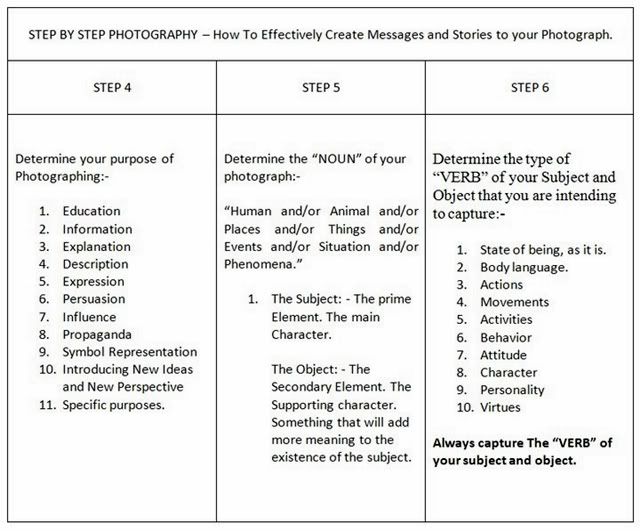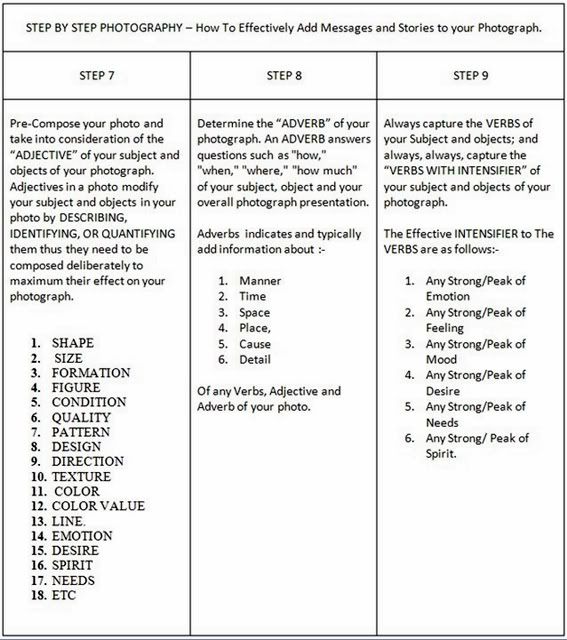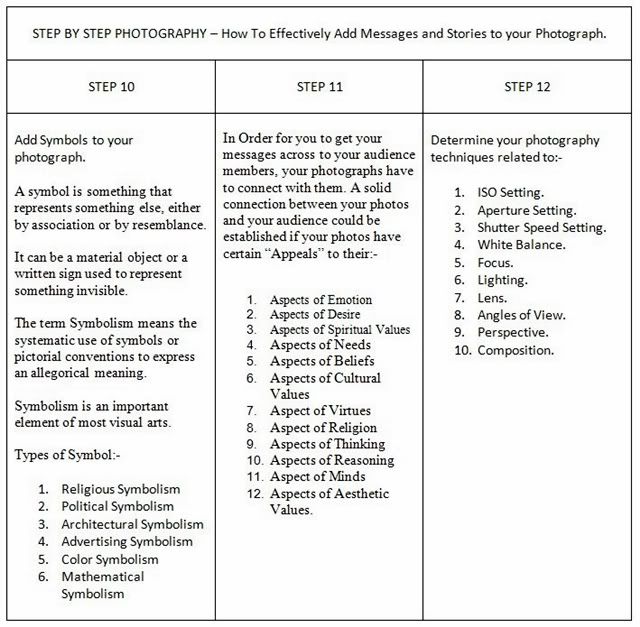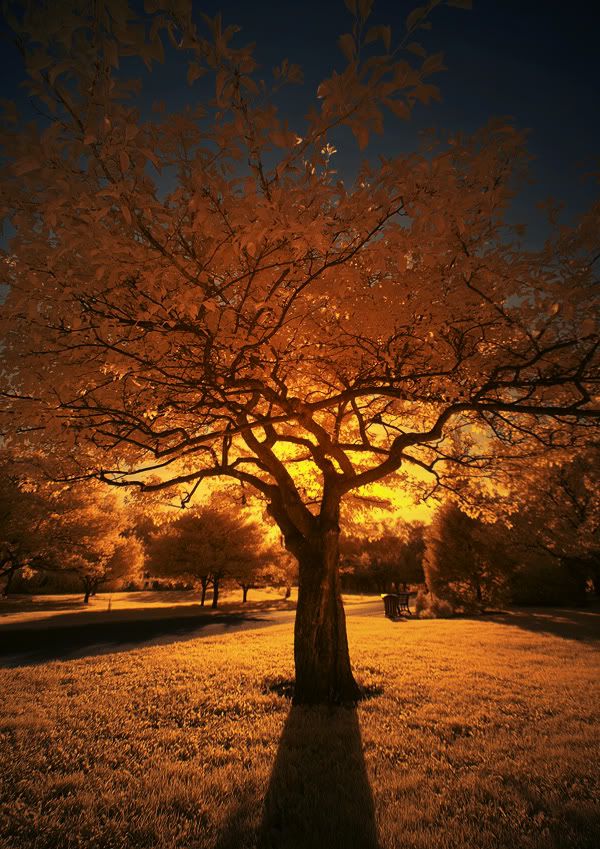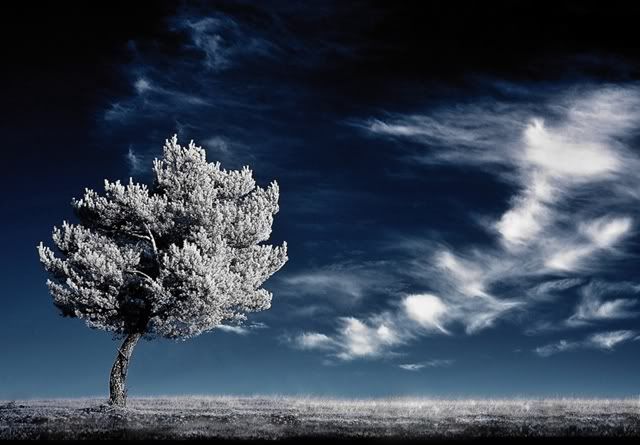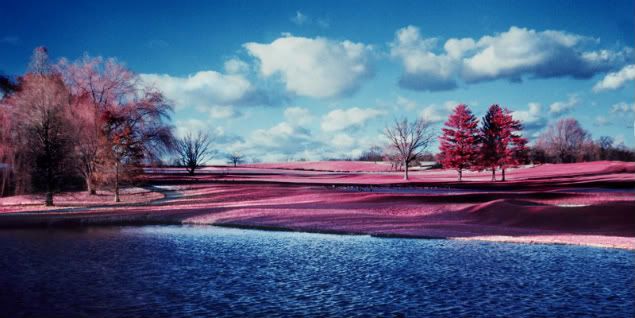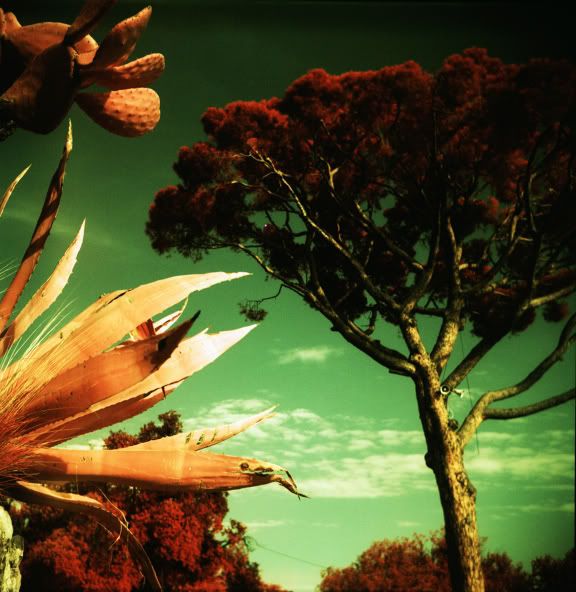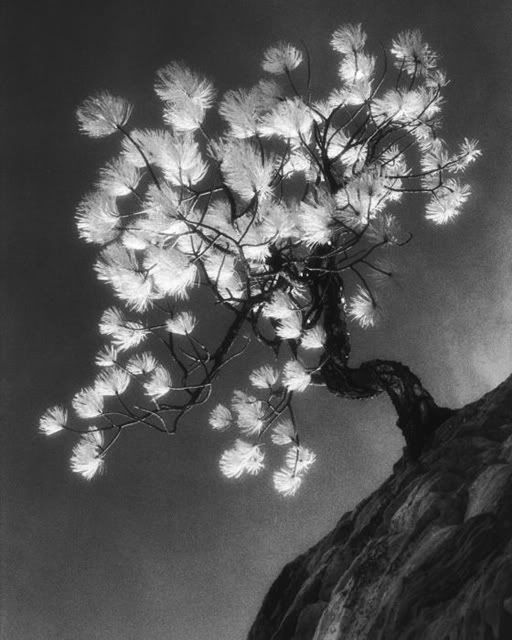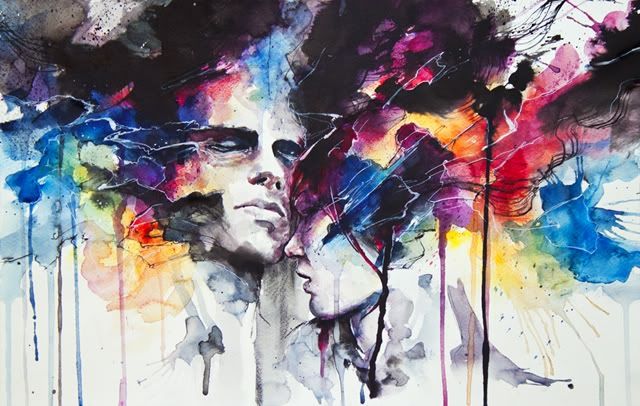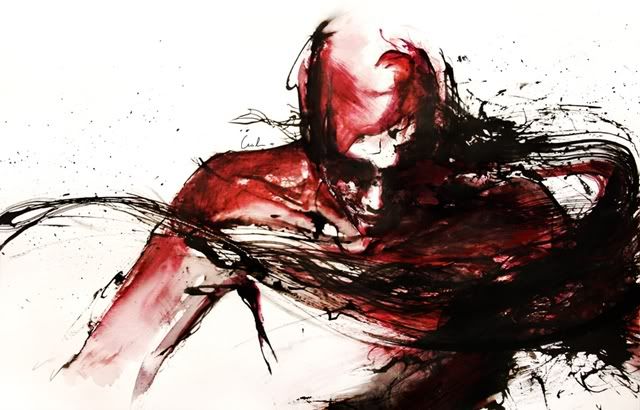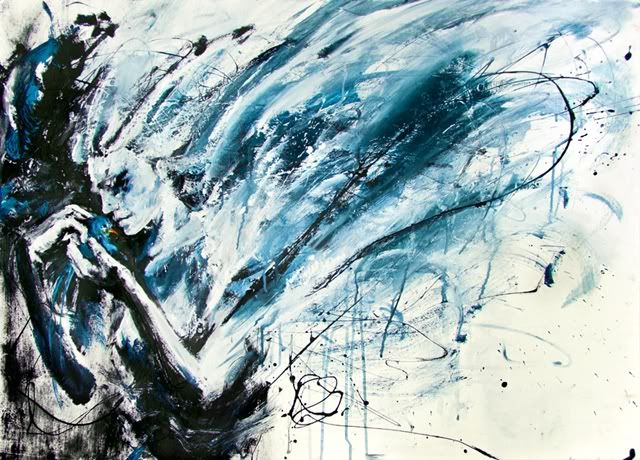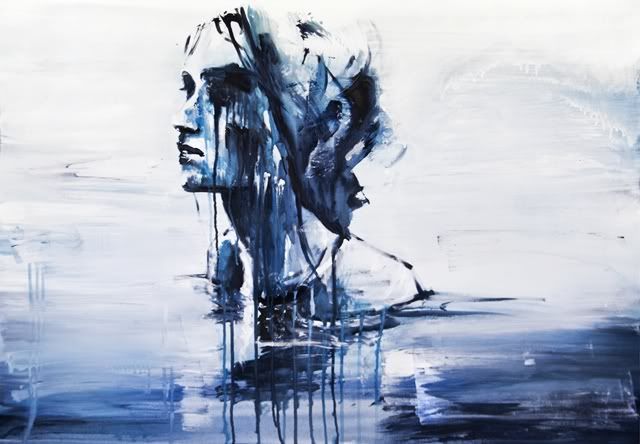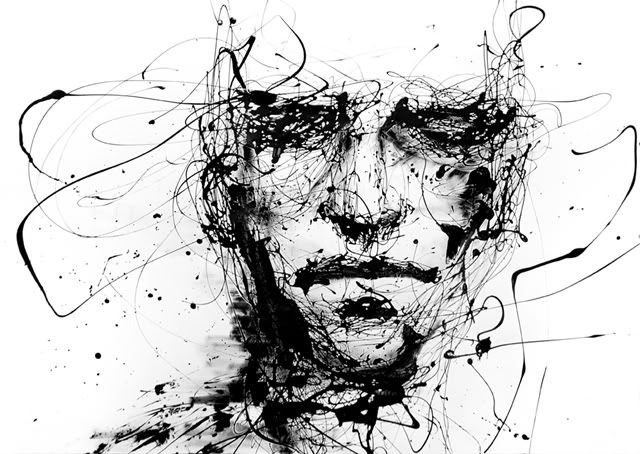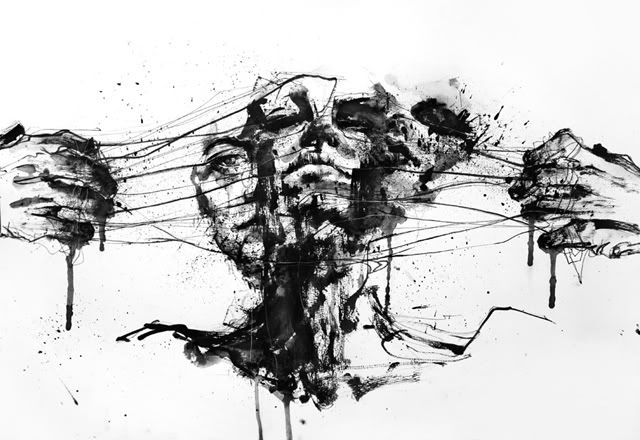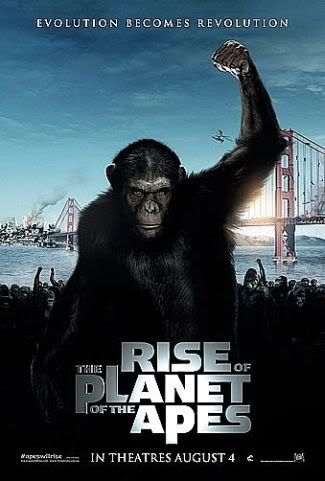Photography can serve many purposes. It can make you laugh, make you cry, and help you appreciate the beauty of the natural world. Or, as with visual confusion photography, it can provoke senses of confusion and wonder.
The following are defining elements of visual confusion photography and should be followed if you want to become involved with this trend. As a starting point, view a collection of visual confusion photography examples here before learning more about this trend.
LOOK FOR THE UNUSUAL
The main element of visual confusion photography is causing the viewers of a photo to think twice about its composition. As evidenced in the trend’s name, visual confusion photos are meant to be thought provoking and push the limits of reality.
When shooting visual confusion photos, search for odd reflections and unique angles. These elements will cause the photo’s viewers to ponder over where the sky is, where the earth is, and how the shot was even achieved.
Don’t be afraid to try new things with your camera in hand. The main point of being a visual confusion photographer is to step outside the norm and push the boundaries of the natural world.
KEEP AN OPEN MIND
As you begin experimenting with visual confusion photography, you may start doubting the photos you are taking. However, resist this self-doubt and keep an open mind.
In doing so, you will discover the possibilities with this trend and will be less afraid to take risks in other areas of your life. Being a visionary is never easy. However, in taking risks, you learn what your true limits are and discover just how creative your mind can be.
GO NATURAL
With so many graphic design software programs currently available, many photographers and designers are creating artificial examples of visual confusion photography. While these examples can be interesting, they go against the core of this trend.
When testing out visual confusion photography, resist the urge to alter the composition of your photos with software. Instead, capture thought provoking photos in their natural elements. In doing so, you will advocate the power of photographing the natural world.
LEARN FROM PROS
The best way to start out in visual confusion photography is to view photography examples from the leaders. Many online platforms such as Flickr and Twitter are great outlets to connect with other visual confusion advocates and join visual confusion groups.
One top Flickr photography member whose work is worth checking out is Keirfernie. This Flickr member has numerous stellar visual confusion photographs that can help orientate you to what is possible in photography. Another top Flickr visual confusion photography member is Tomasito, whose wonderfully composed photographs are perfect examples of why visual confusion photography is on the rise.
With the rise in digital photography and photo editing software, anyone can capture a great photo. However, not everyone has the creativity to view the world from a new perspective and bend reality. As such, to define yourself as a true photographer, begin experimenting with visual confusion photography and discover just how strange the natural world can be.
sumber:
http://daddu.net/a-look-into-visual-confusion-photography/





